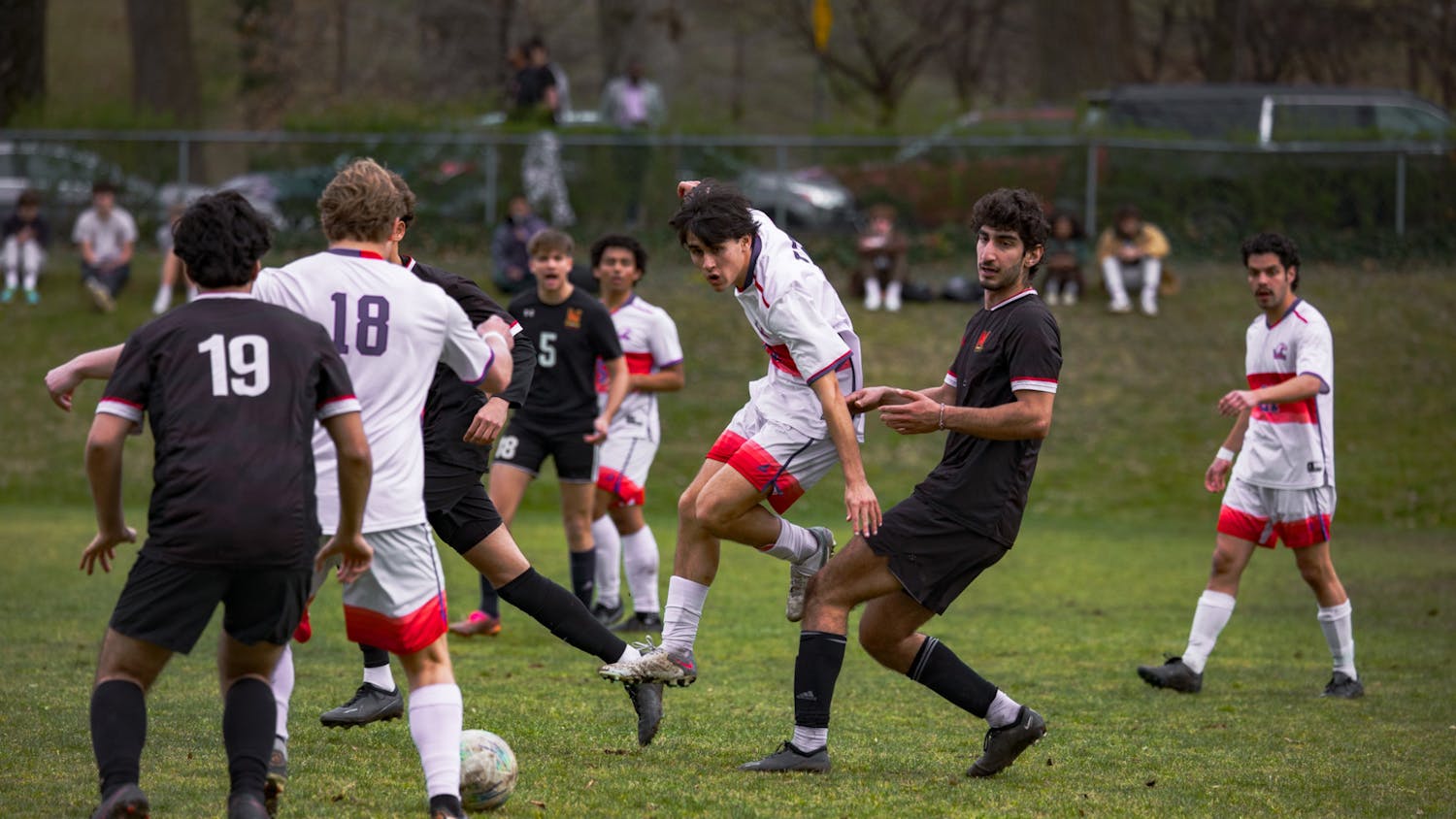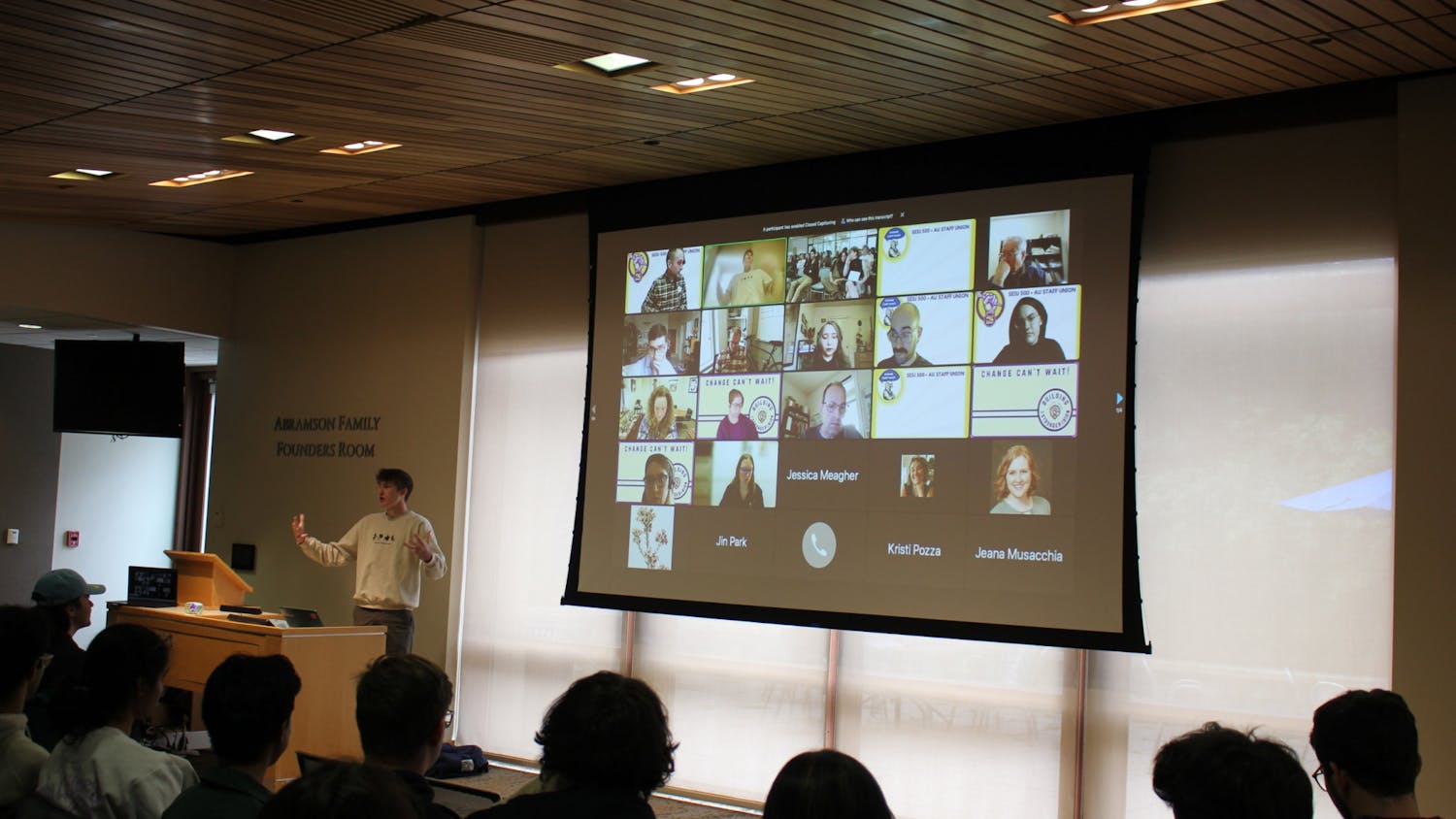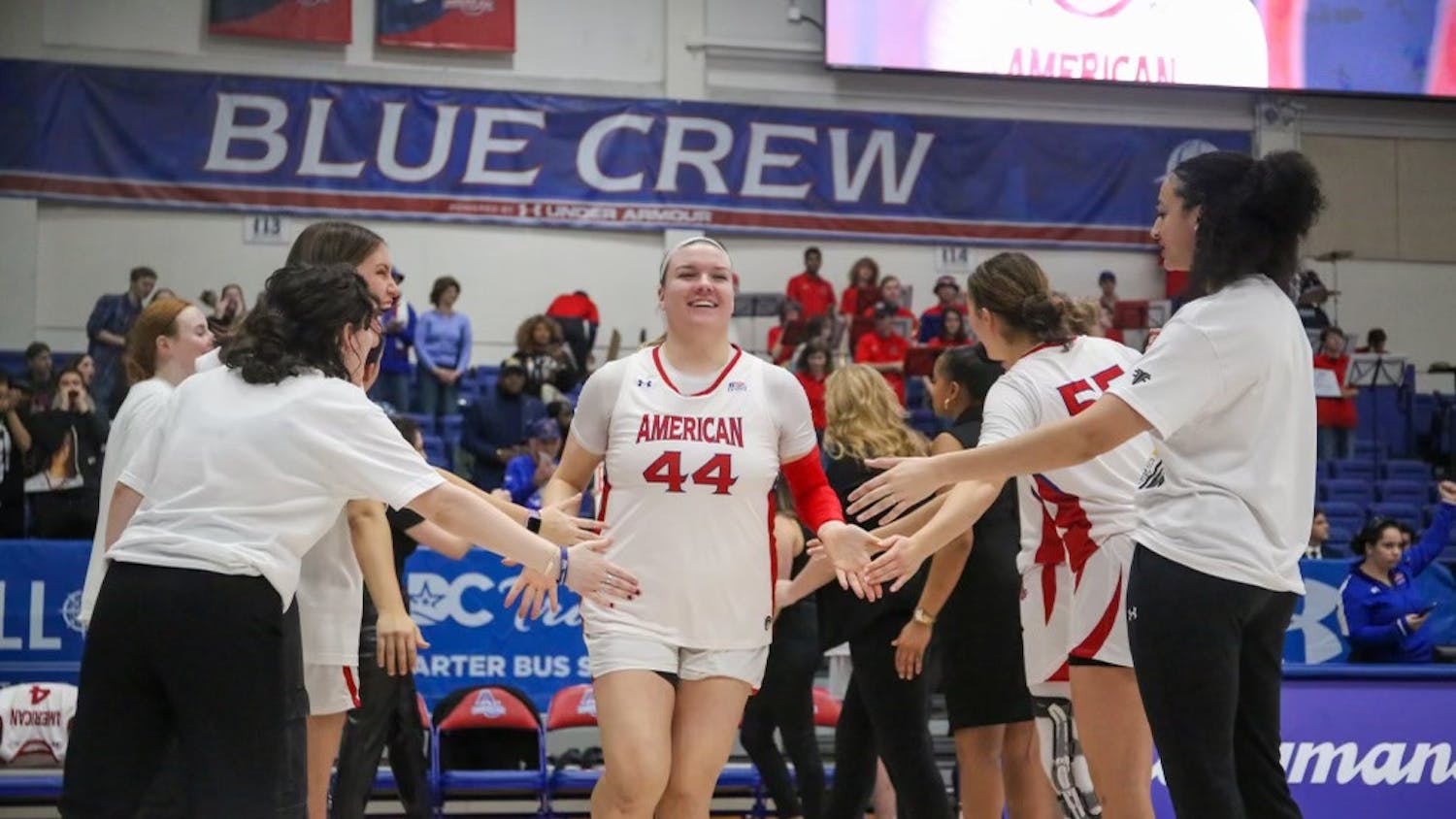A poll conducted by the Washington Post found that protest has become incredibly common today, with a third of D.C. residents participating in protests against Trump. Yet, this poll also found a significant divide in who participates in those protests, with high income and white residents by far the most likely to protest Trump, despite being the least threatened by Trump. The answer to this seeming contradiction lies in the heart of the problems of the #resistance, and why the path to opposing Trump must run in a different direction.
In the liberal imagination, political power is expressed through voting and non-violent protest. Now, protest is an important part of the fight for political power. It can be used to express the power of a movement, such as the March on Washington, which pushed reticent lawmakers into passing the Voting Rights Act and the Civil Rights Act. Protest can be used to garner attention for issues, such as how suffragettes used protest to draw attention to the issue of women’s suffrage. It can be also be used to strike at political enemies, such as how the Chicago Teachers Union and the Caucus of Rank-and-File Educators conducted a general strike and shut down Chicago for a day over cuts to the Chicago Public Schools.
All of these fights had one thing in common: They included years of painstaking work organizing toward protest. The Civil Rights Movement or the Labor Movement didn’t just materialize in one day. It came with decades of organizing in communities and educating large groups who could be reliably called on for the movement. Compare this to the Women’s March, which wasn’t the natural culmination of anything or the result of any organization to begin with. In the process of politics, conditions often change. The organizers of the march did not expect Trump to be elected and it could be excused that they didn’t organize before. What is inexcusable is that the marches were organized with seemingly no goal in mind. Maybe they served as catharsis, helped make contacts between activists, and gave some bad press to Trump. But did this serve a larger purpose? The march itself did nothing to calm the right-wing reaction, and most of the participants have demobilized. That strikes at the heart of why the poor and minority, especially black, populations haven’t mobilized; the primary thing these protests do is provide catharsis.
After decades of liberals such as Obama promising change for those who need it, conditions for working people have only gotten worse. In the article on the study, the Washington Post quotes one D.C. resident who states “she is accustomed to being disappointed in government, no matter which party is in the White House, and that Trump is no different.” People like the interviewee are disillusioned, and for good reason. Most of these modern liberal activists are not only ineffective; they tie themselves to ineffective and dying organizations such as the Democratic Party, which just had its worst month fundraising since the Iraq war. This all has no indication of changing, which spells harm for those who are threatened by Trump and his ilk. Liberalism has monopolized mainstream political dissent, yet has run it into the ground. Many working people in this country have simply given up on politics, or embraced the radical right’s empty nationalism.
It isn’t all doom and gloom, however. The sheer massive participation in protests against Trump despite severe flaws in the movements behind them indicates there is appetite for change. We also already have the organizing techniques that work, and many organizers today are building new tactics around new conditions, especially social media. Rather than embracing the random and ineffectual liberal protest tactics, we can embrace a combination of old tactics that still work and new tactics with the advent of the internet and social media, and forge a new, radical path to victory.
Editor's note: Another version of this article was originally published in the American Agora here. It was edited for grammar, clarity and length before it was published in The Eagle.
opinion@theeagleonline.com





